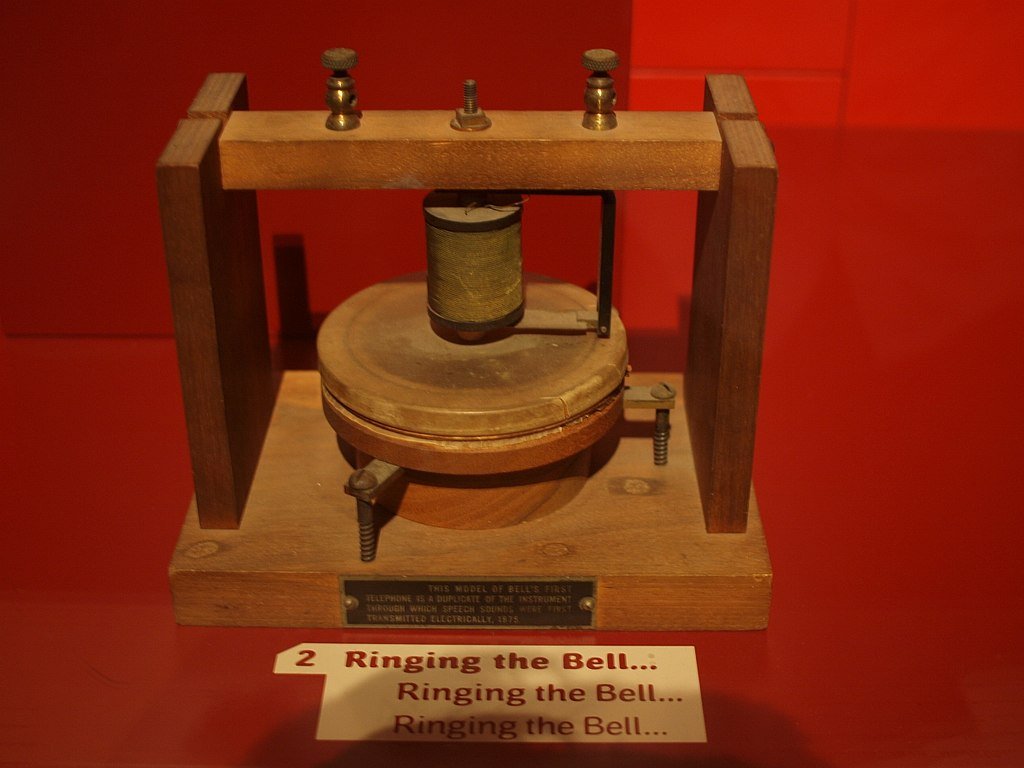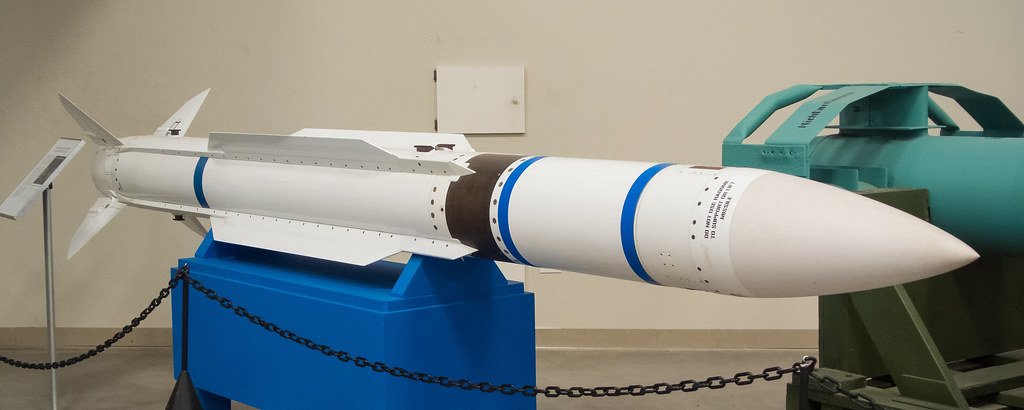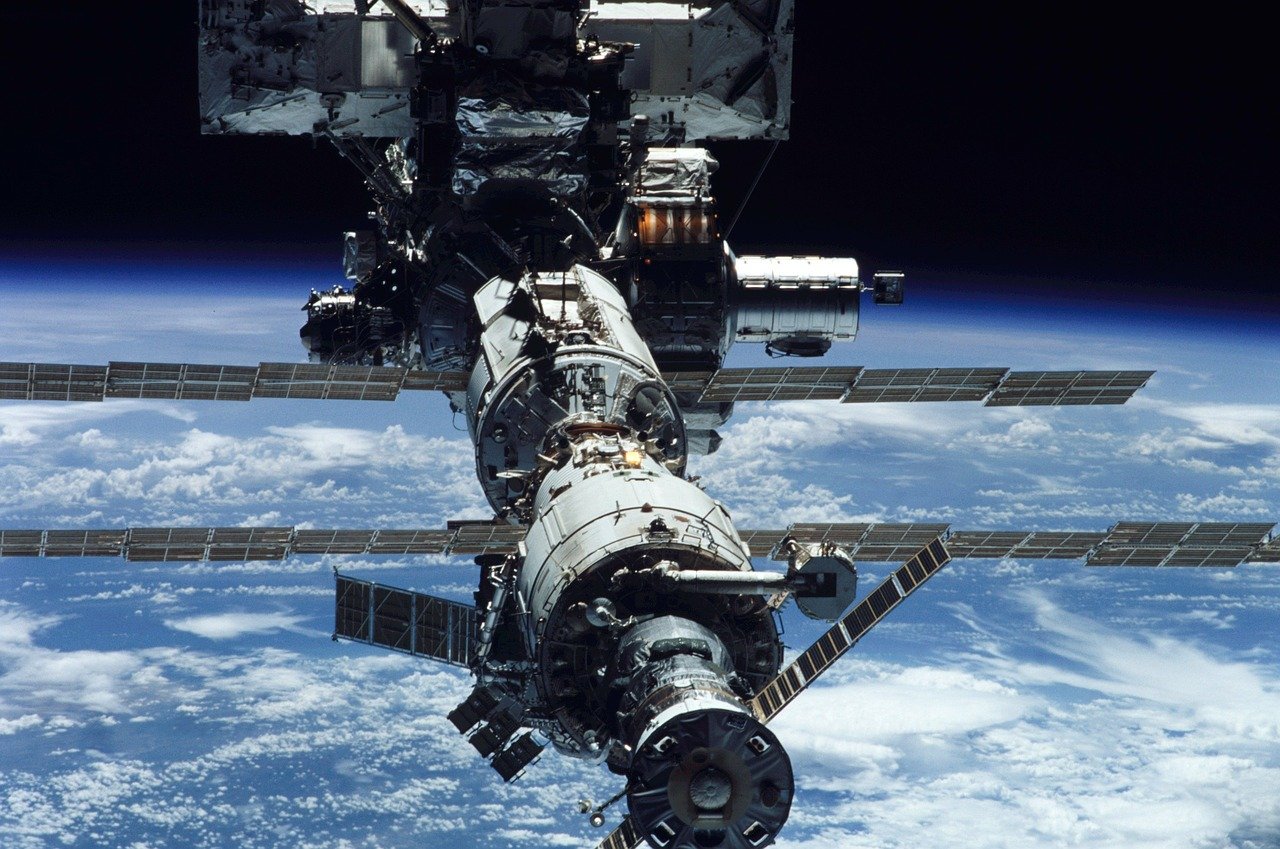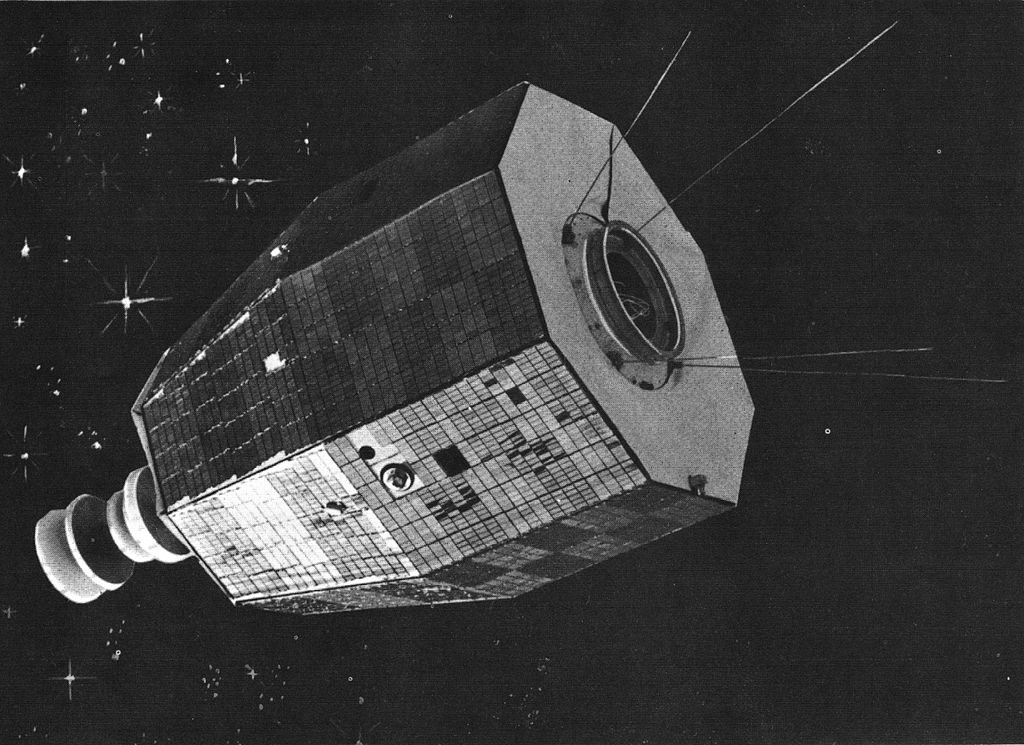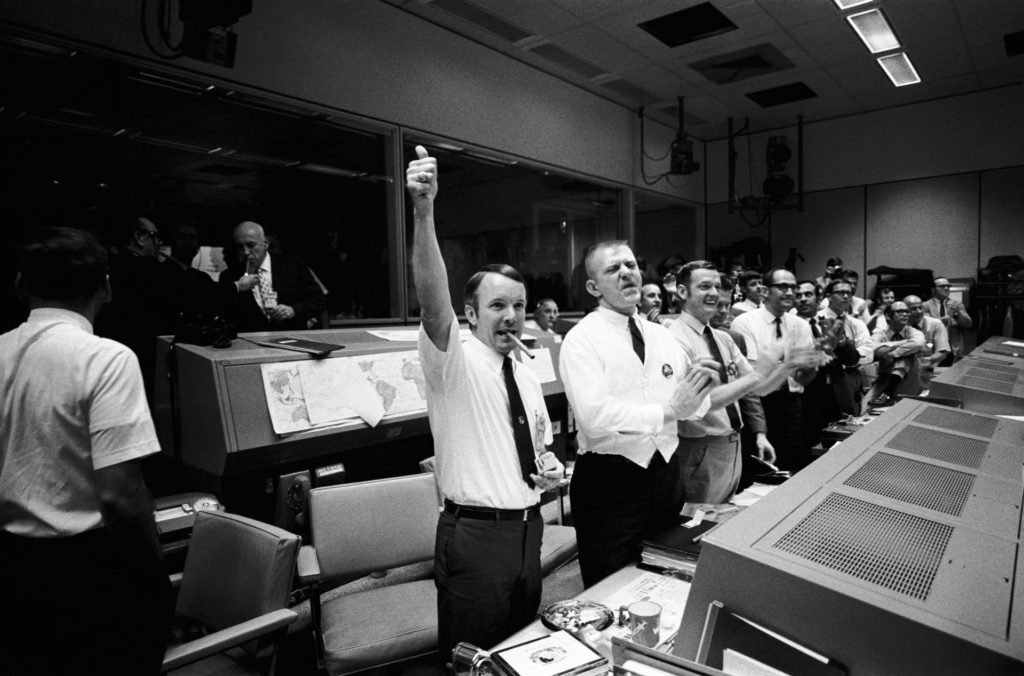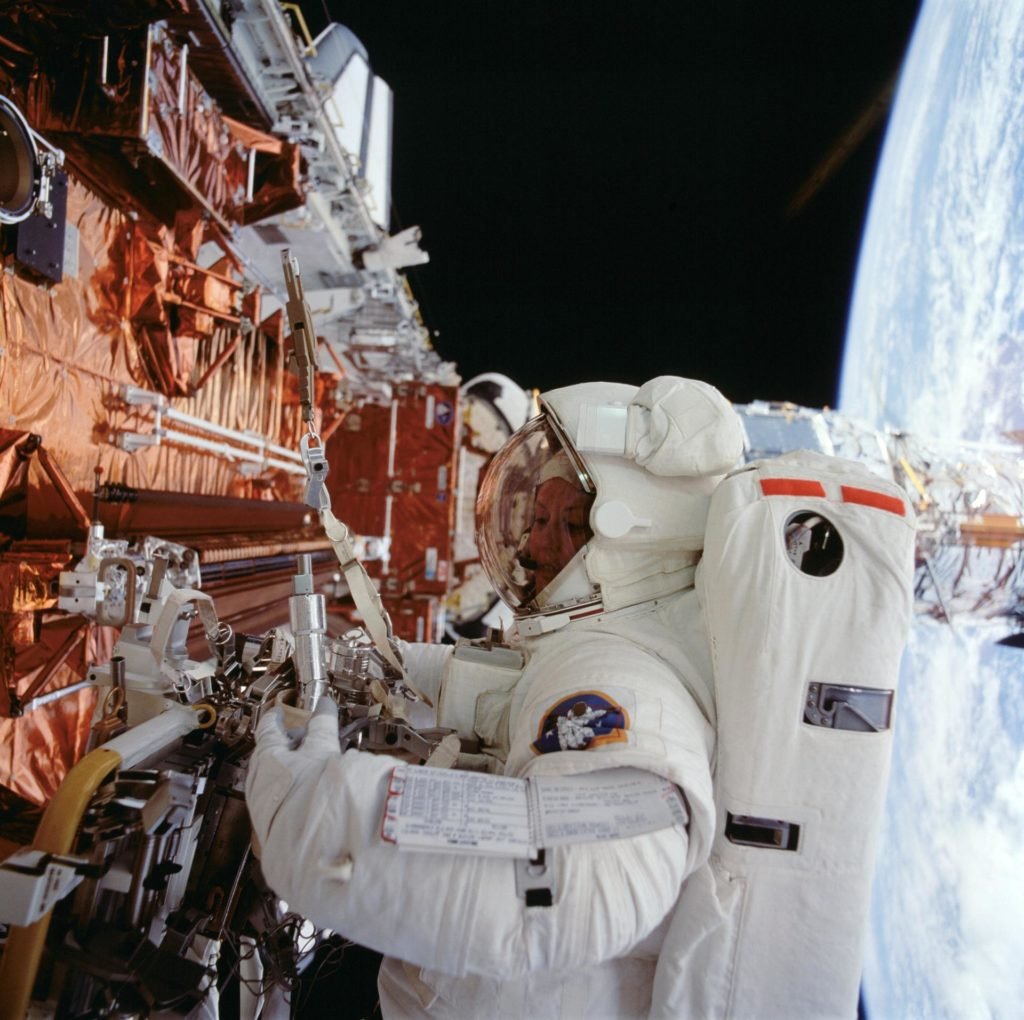Space, the next frontier, has long captivated the imagination of humanity. This boundless expanse above our planet, known simply as “space,” has been the stage for one of the most remarkable and awe-inspiring endeavors in the history of human civilization: Space Exploration. The History of space exploration is a compelling narrative of human ingenuity, ambition, and the unquenchable thirst for knowledge. At the forefront of this epic odyssey stands NASA, the National Aeronautics and Space Administration, an agency synonymous with exploring the cosmos.
The History of space exploration is a story that unfolds through decades of pioneering achievements. It all began with the launch of Sputnik by the Soviet Union, heralding the dawn of the Space Age. From there, the Space Race between superpowers led to breathtaking milestones, including Yuri Gagarin’s historic journey as the first human in space and the iconic Apollo moon landings by NASA.
This introduction embarks on a journey through the annals of space exploration history, where we’ll traverse the stars, delve into the triumphs and challenges faced by astronauts and scientists, and peer into the ambitious future of humanity’s ongoing quest to understand and conquer the cosmos. Join us as we embark on an odyssey through space exploration’s past, present, and future.
Table of Contents
What are the 5 benefits of space exploration?
Space exploration has yielded numerous benefits that extend far beyond the boundaries of our planet. Here are five significant advantages of space exploration:
Technological Advancements
Space exploration has driven innovation and the development of cutting-edge technologies. Examples include lightweight materials, advanced robotics, and precision manufacturing techniques. Many of these innovations find applications on Earth, creating new industries and improving existing ones.
Scientific Discovery
Space missions have expanded our understanding of the universe, unveiling the secrets of distant planets, stars, and galaxies. This knowledge has enriched fields such as astrophysics, planetary science, and cosmology, contributing to breakthroughs in fundamental science.
Earth Observation
Satellites in orbit provide invaluable data for monitoring Earth’s climate, weather patterns, and natural disasters. This information aids in disaster management, resource management, agriculture, and environmental protection.
Medical Insights
Space travel has offered insights into human health, leading to advancements in medical science. Experiments conducted on the International Space Station (ISS) have provided data on bone density, muscle atrophy, and cardiovascular health. These findings have implications for healthcare on Earth, particularly for aging populations.
Economic Growth
The space industry has become a significant driver of economic growth. It encompasses satellite communications, space tourism, asteroid mining, and more. Private space companies like SpaceX and Blue Origin are fostering competition and lowering the cost of access to space, opening up new business opportunities.
Space exploration yields technological, scientific, and economic benefits while enhancing our understanding of Earth and the cosmos. It demonstrates the power of human ingenuity and collaboration on a global scale, pushing the boundaries of what is possible and inspiring future generations of scientists, engineers, and explorers.
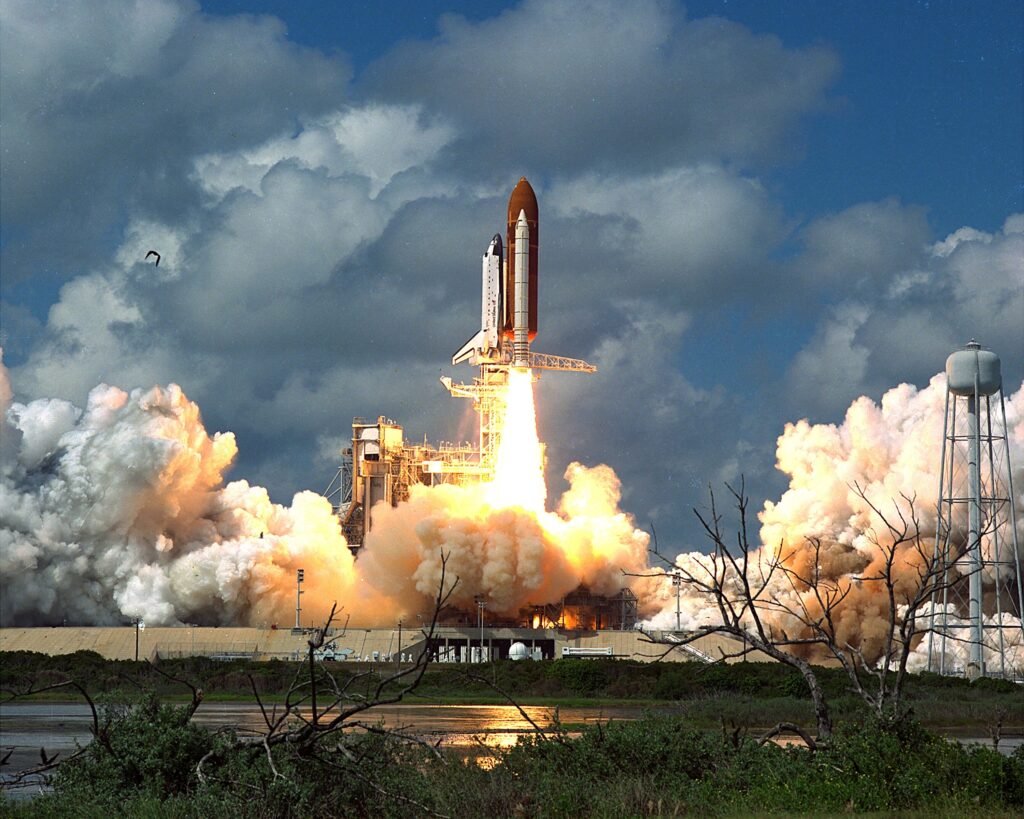
Why is the history of space exploration important?
The history of space exploration holds profound importance for several compelling reasons. Firstly, it embodies the indomitable spirit of human curiosity and ambition. It showcases our innate desire to push the boundaries of knowledge and explore the unknown, reminding us of our potential for greatness.
Secondly, space exploration has yielded a multitude of practical benefits. Many technological advancements and innovations developed for space missions have found applications on Earth, improving our daily lives. These include advancements in medical imaging, telecommunications, weather forecasting, and even the development of lightweight materials.
Moreover, the history of space exploration has fostered international cooperation. It has transcended political boundaries, bringing nations together to pursue shared goals and fostering diplomatic ties that endure even during terrestrial conflicts. Prominent examples include the International Space Station (ISS), a symbol of global collaboration, and missions like the Apollo-Soyuz Test Project.
Additionally, space exploration fuels scientific discovery. It has expanded our understanding of the universe, enabling groundbreaking discoveries about our planet, the solar system, and distant galaxies. It has allowed us to study cosmic phenomena and learn more about the origin and evolution of the cosmos itself.
Lastly, space exploration is a source of inspiration, kindling the imaginations of future scientists, engineers, and explorers. It fosters STEM education and encourages individuals to dream big and pursue careers in science and technology.
In summary, the history of space exploration is significant because it epitomizes humanity’s thirst for knowledge, offers practical benefits, promotes international collaboration, advances scientific understanding, and inspires future generations to reach for the stars. It is a testament to our collective potential and serves as a symbol of our limitless aspirations.
The History of Space Exploration
The history of space exploration is a fascinating journey that spans many decades and involves numerous countries and organizations. Here is a condensed overview of key milestones and developments in the history of space exploration:
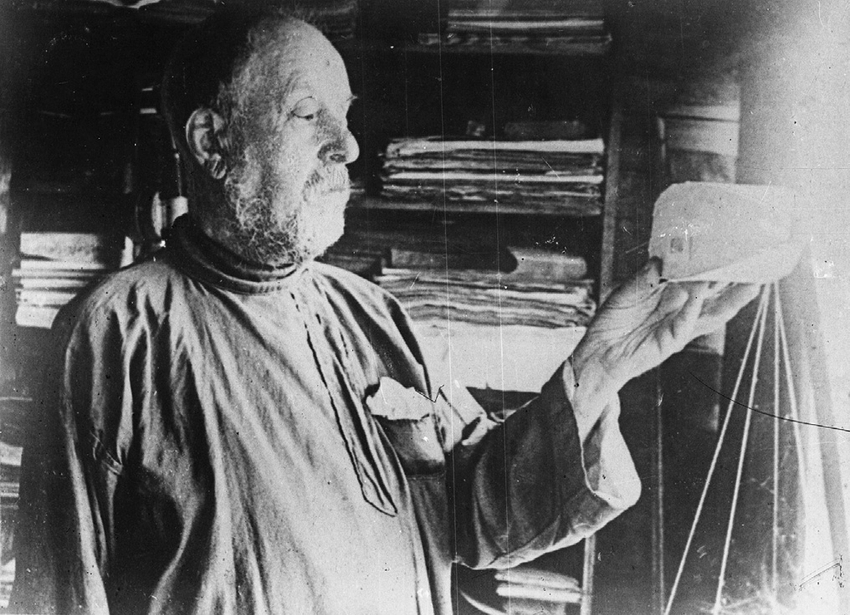
Early Theoretical Ideas
In the late 19th and early 20th centuries, visionaries like Konstantin Tsiolkovsky and Robert Goddard played pivotal roles in shaping the theoretical foundation of space travel. Konstantin Tsiolkovsky, a Russian scientist, is renowned for his groundbreaking work on rocket propulsion, including the famous Tsiolkovsky rocket equation, which laid down the fundamental principles of rocket science. Similarly, Robert Goddard, an American physicist and engineer, made significant contributions by conducting experiments with liquid-fueled rockets, demonstrating the practicality of rocket propulsion in a vacuum.
Their visionary ideas and pioneering experiments paved the way for the development of rockets capable of escaping Earth’s gravitational pull, ultimately making human space exploration and the conquest of space a reality in the decades that followed. These early innovators laid the cornerstone for the remarkable journey of space exploration that continues to this day.
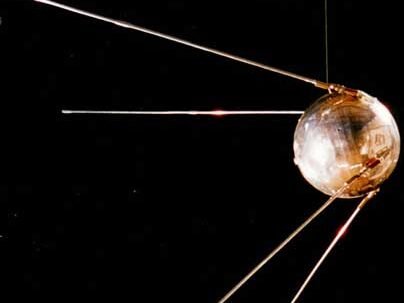
The Space Race (1950s-1960s)
The Cold War rivalry between the United States and the Soviet Union ignited the “Space Race,” a historic competition that had profound implications for space exploration. It commenced with the momentous launch of Sputnik 1 by the Soviet Union in 1957, marking the birth of the space age and intensifying global geopolitical tensions.
In 1961, Yuri Gagarin etched his name as the first human to venture into space, completing an orbit around Earth aboard Vostok 1. This achievement was a testament to Soviet space prowess. In response, the United States embarked on the Mercury and Gemini programs, paving the way for more ambitious endeavors.
The apogee of the Space Race unfolded in 1969 when NASA’s Apollo 11 mission, commanded by Neil Armstrong and accompanied by Buzz Aldrin, successfully touched down on the Moon. As he descended the lunar module’s ladder, Neil Armstrong’s iconic words, “That’s one small step for [a] man, one giant leap for mankind,” resonated worldwide, marking the first human steps on another celestial body.
This historic moment was not merely an American triumph but a testament to humanity’s boundless potential and the power of technological innovation. It showcased the extraordinary feats that could be accomplished when nations set their sights on the stars.
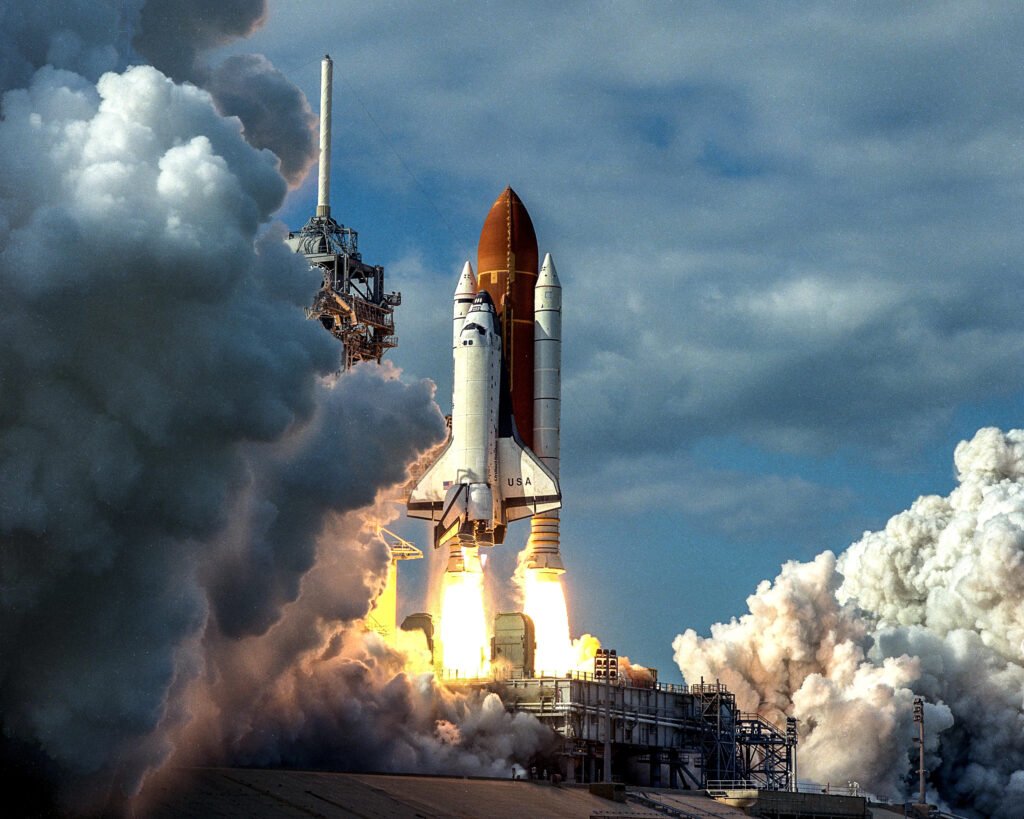
Space Shuttle Era (1980s-2011):
NASA’s Space Shuttle program, inaugurated in 1981 with the launch of the Space Shuttle Columbia, marked a transformative chapter in the history of space exploration. The program, comprising five orbiters (Columbia, Challenger, Discovery, Atlantis, and Endeavour), was groundbreaking for its pioneering concept of reusable spacecraft. This innovation dramatically reduced the cost of space access and made space travel more routine.
The Space Shuttle’s versatility allowed it to carry a variety of payloads, including satellites, scientific instruments, and components for constructing the International Space Station (ISS). Over its three-decade lifespan, it played an indispensable role in assembling and servicing the ISS, one of history’s most ambitious and enduring collaborative space projects.
Notably, the Shuttle program facilitated groundbreaking scientific research and space missions, including the Hubble Space Telescope’s deployment and subsequent servicing. However, it also faced tragic setbacks, such as the Challenger and Columbia disasters, highlighting the inherent risks of space exploration.
Despite these challenges, the Space Shuttle program remains a symbol of human innovation and collaboration, leaving an indelible mark on space exploration history and paving the way for future endeavors beyond Earth’s orbit.
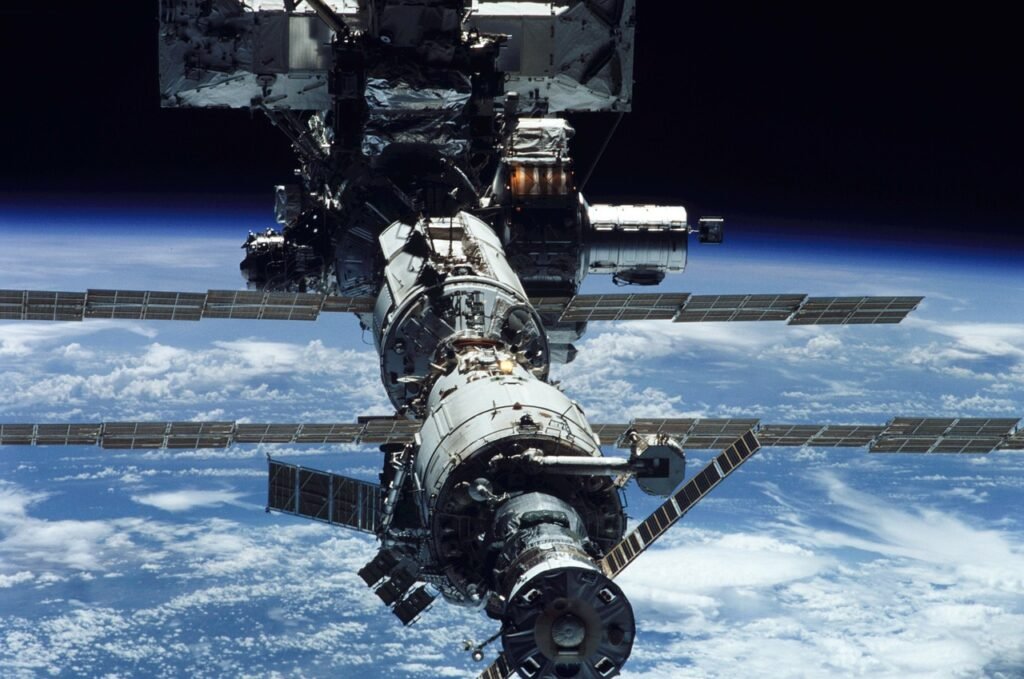
International Cooperation and the ISS (late 20th century-present):
The International Space Station (ISS) is a remarkable testament to international collaboration and scientific achievement. Since its inception in November 2000, the ISS has remained a symbol of unity in space exploration. It represents a joint effort by space agencies from the United States (NASA), Russia (Roscosmos), Europe (ESA), Japan (JAXA), and Canada (CSA), demonstrating the power of diplomacy and cooperation on a global scale.
Beyond its diplomatic significance, the ISS is a thriving laboratory in orbit, conducting various experiments and scientific research across multiple disciplines. It has contributed to understanding fundamental physics, biology, astronomy, and Earth sciences. The station’s microgravity environment provides unique research conditions that are impossible to replicate on Earth.
Moreover, the ISS is a vital platform for testing technologies and systems essential for long-duration space missions, such as those planned for lunar exploration and future missions to Mars. It also plays a pivotal role in training astronauts for deep-space missions.
In essence, the ISS fosters international goodwill and advances our knowledge of science and technology, paving the way for humanity’s continued exploration of the cosmos.
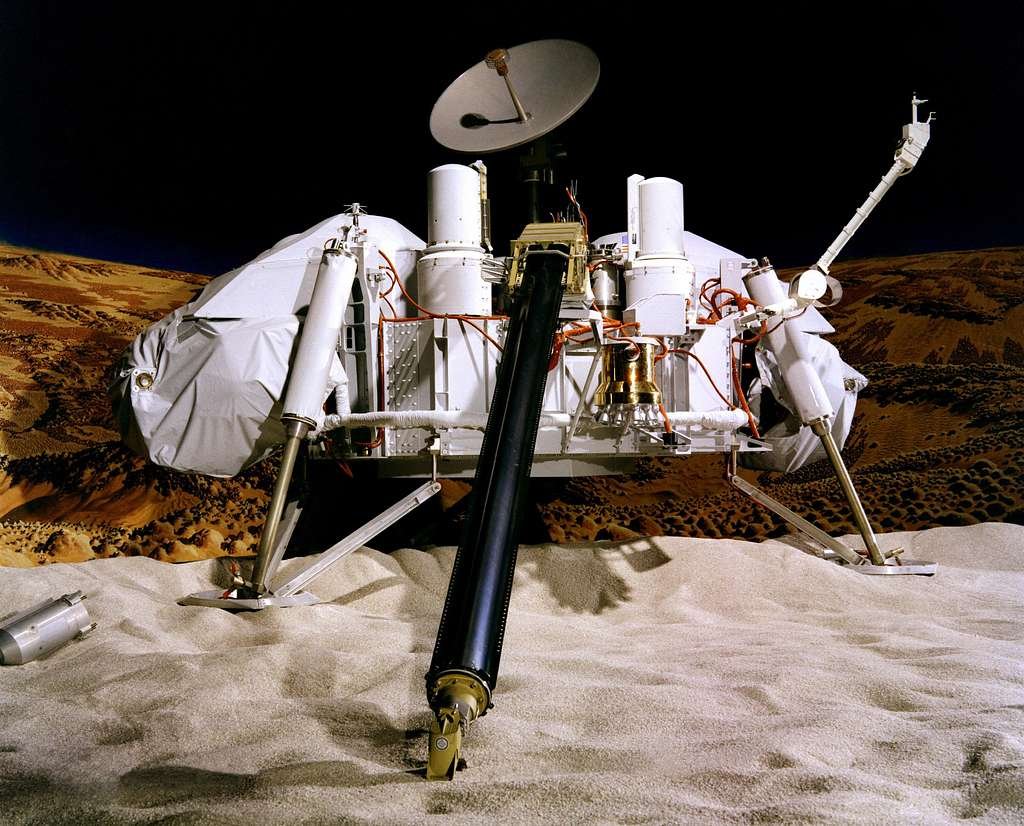
Exploration of Other Planets
Unmanned spacecraft have played a pivotal role in unraveling the mysteries of our solar system, extending our reach far beyond Earth’s boundaries. Notable among these missions are the Viking landers, which in the 1970s became the first human-made objects to successfully touch down on the surface of Mars, seeking signs of past or present life.
The Voyager probes, launched in 1977, have ventured into the outer reaches of our solar system, providing invaluable data about the gas giants Jupiter and Saturn, their moons, and the boundary of interstellar space.
The Mars rovers, including Spirit, Opportunity, Curiosity, and Perseverance, have transformed our understanding of the Red Planet. These rovers have analyzed Martian geology, searched for signs of water, and investigated the planet’s potential habitability.
The Cassini-Huygens mission, which explored Saturn and its moon Titan, yielded groundbreaking discoveries. Cassini unveiled Saturn’s mesmerizing rings, while Huygens made a historic descent onto Titan’s surface, revealing a world with lakes of liquid methane and an atmosphere akin to Earth’s in some respects.
These missions exemplify humanity’s quest for knowledge and have expanded our comprehension of our solar system’s diverse and enigmatic celestial bodies. They continue to inspire future missions and spark the imagination of scientists and space enthusiasts worldwide.
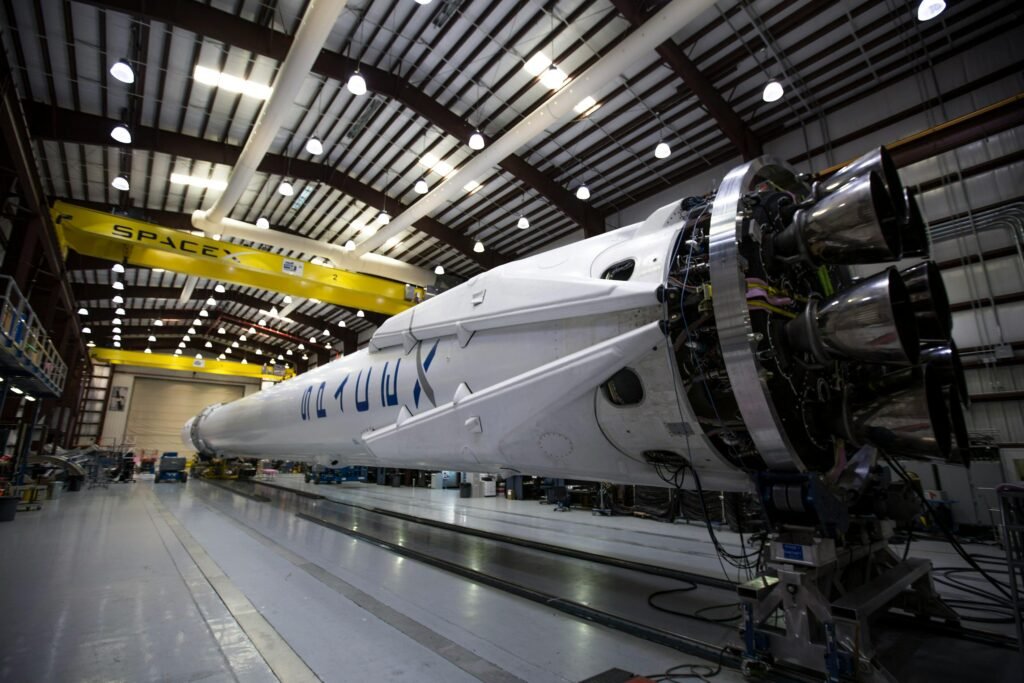
Private Space Industry (21st century)
The 21st century has witnessed a transformative shift in the space industry with the emergence of private space companies that are revolutionizing how we approach space exploration and utilization. SpaceX, Blue Origin, and Virgin Galactic are prominent among these companies, each contributing to different facets of the evolving space landscape.
SpaceX, led by Elon Musk, has made remarkable strides in reducing the cost of space access through innovations like reusable rockets. They have achieved numerous milestones, such as launching astronauts to the International Space Station (ISS) and planning ambitious missions to Mars, aiming for interplanetary colonization.
Blue Origin, founded by Jeff Bezos, focuses on suborbital space tourism and the development of reusable rocket technology. Their New Shepard spacecraft has conducted several successful crewed test flights, paving the way for commercial space tourism.
Virgin Galactic, headed by Richard Branson, is also dedicated to suborbital space tourism, offering customers a taste of space travel on its SpaceShipTwo vehicle.
These private space companies are driving competition, fostering innovation, and expanding commercial opportunities in space, making it increasingly accessible for governments, researchers, and even tourists. Their efforts are shaping the future of space exploration and the broader space economy.
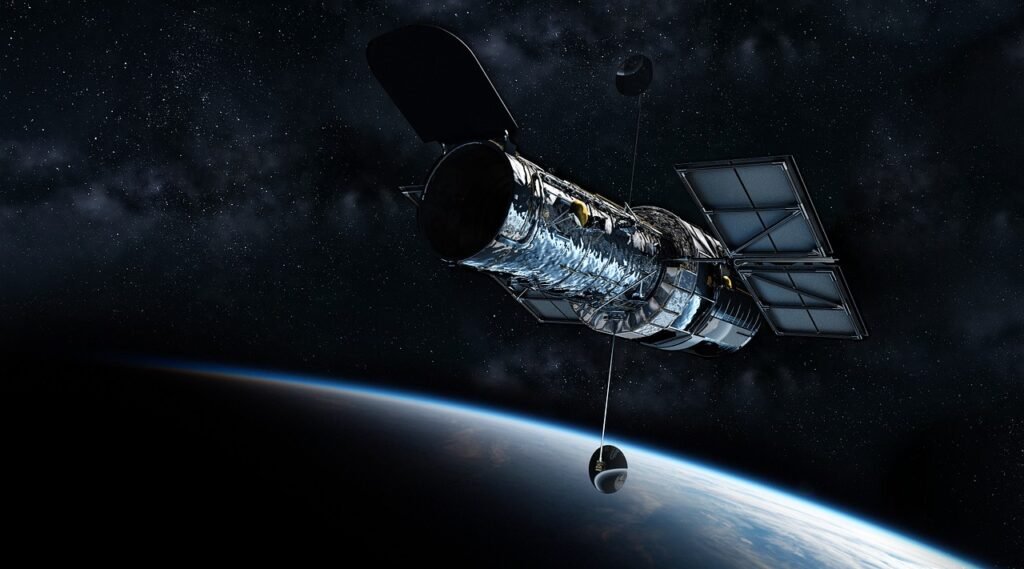
Space Telescopes and Exoplanet Discoveries
The deployment of space telescopes has ushered in a new era of astronomical exploration, profoundly impacting our comprehension of the universe. The Hubble Space Telescope, launched in 1990, is one of the most iconic examples. Orbiting above Earth’s atmosphere, Hubble has captured breathtaking images of distant galaxies, nebulae, and star clusters, unraveled the mysteries of dark matter and dark energy, and provided critical data for estimating the universe’s age.
On the other hand, the Kepler Space Telescope has been instrumental in our search for exoplanets. Launched in 2009, Kepler monitored over 150,000 stars, identifying thousands of exoplanets by observing the subtle dimming of starlight as these distant worlds passed in front of their parent stars. This groundbreaking mission has expanded our understanding of planetary systems, their diversity, and their potential habitability, opening exciting avenues in the search for extraterrestrial life.
These space telescopes continue to reshape our perception of the cosmos, fueling scientific discovery and captivating the public’s imagination with their stunning images and remarkable findings. They have reinforced the importance of space-based observatories in advancing our universe knowledge.
Plans for Future Exploration
NASA’s ambitious Artemis program marks a pivotal chapter in space exploration. Its primary objective is to return humans to the Moon by the mid-2020s, leveraging cutting-edge technology and international collaboration to establish a sustainable lunar presence. This lunar endeavor is a stepping stone for future Mars missions and a platform for scientific research and technological development.
Mars, often dubbed the “Red Planet,” remains a tempting target for human exploration and colonization. NASA’s Artemis program and SpaceX’s Starship project are at the forefront of this grand endeavor. NASA’s Artemis missions aim to lay the groundwork for Mars exploration by testing technologies and gaining experience in deep space operations.
On the other hand, SpaceX’s Starship is a visionary project that envisions reusable spacecraft capable of carrying humans to Mars and beyond. Together, these initiatives herald an exciting era of human space exploration, with Mars firmly in the crosshairs as a long-term destination that could redefine our understanding of interplanetary habitation.
Space exploration continues to evolve, with new missions, technologies, and international collaborations expanding our understanding of the cosmos and paving the way for future human space exploration beyond Earth’s orbit.
